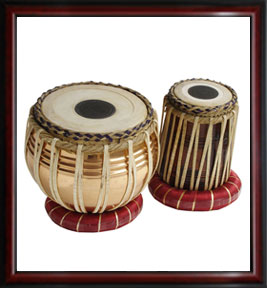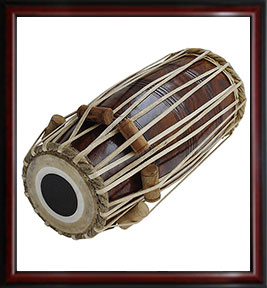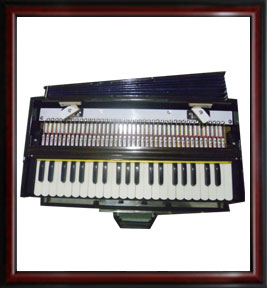
Jay’s family has been running a business of manufacturing and repairing Indian musical instruments under the name of “New Dattatray Tabla Stores” in Ahmedabad, India, for more than 12 decades. His grandfather, Late Mr. Fakirchand Dabgar had been honoured with the “Best Tabla Maker Award” in 1974 by the Tabla maestro late Pt. Samta Prasad. Artists such as Pt. Kishan Maharaj, Pt. Nandan Mehta, Pt. Samta Prasad, Pt. Vishnu Sahay and Pt. Kumar Bose, have been some of their esteemed customers. The generation old legacy of Tabla-making is currently under the guidance of his son Mr. Navinchandra Dabgar, who is assisted by his sons – Jay and Jignesh.
In order to further his family business, Jay graduated in Commerce and then, completed post-graduation studies in ‘Business Entrepreneurship and Management’ from the Entrepreneurship Development Institute of India (EDll).






2024 © Jay Dabgar. All rights reserved.